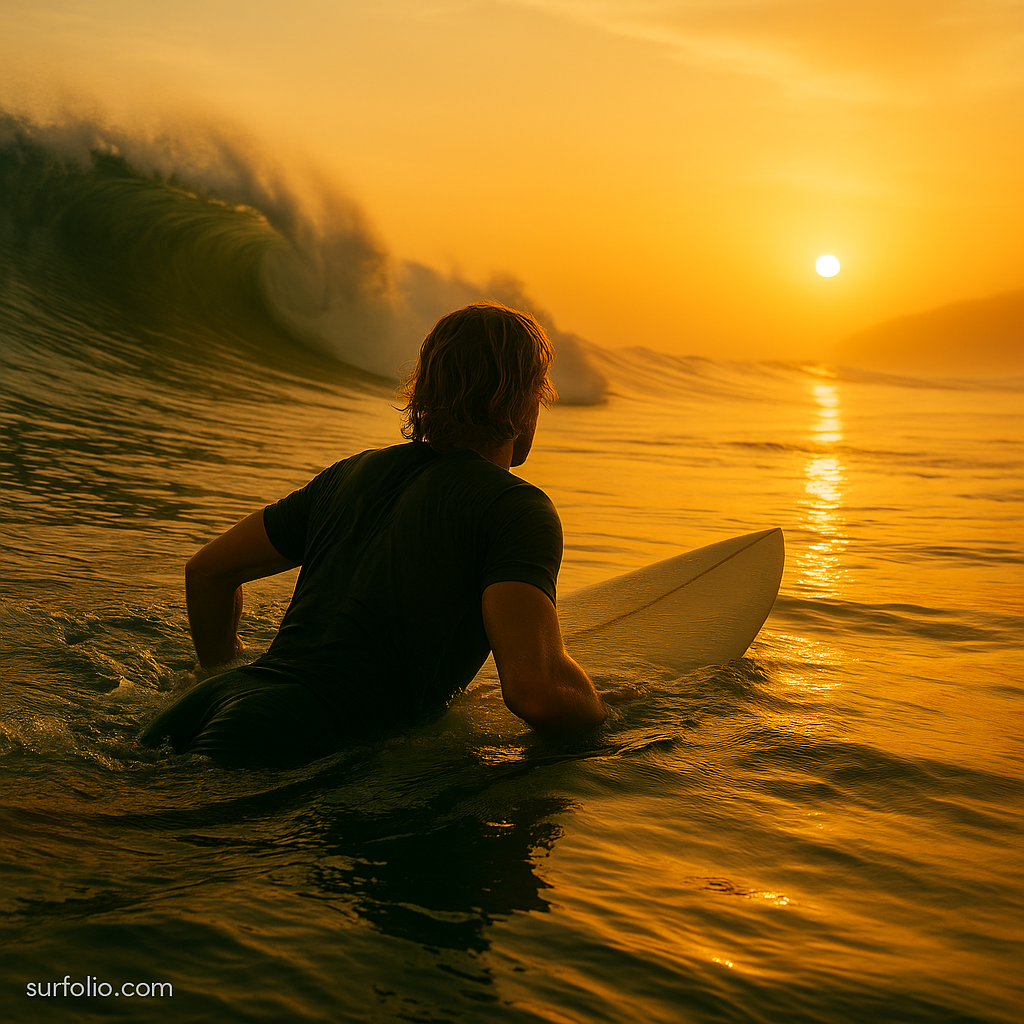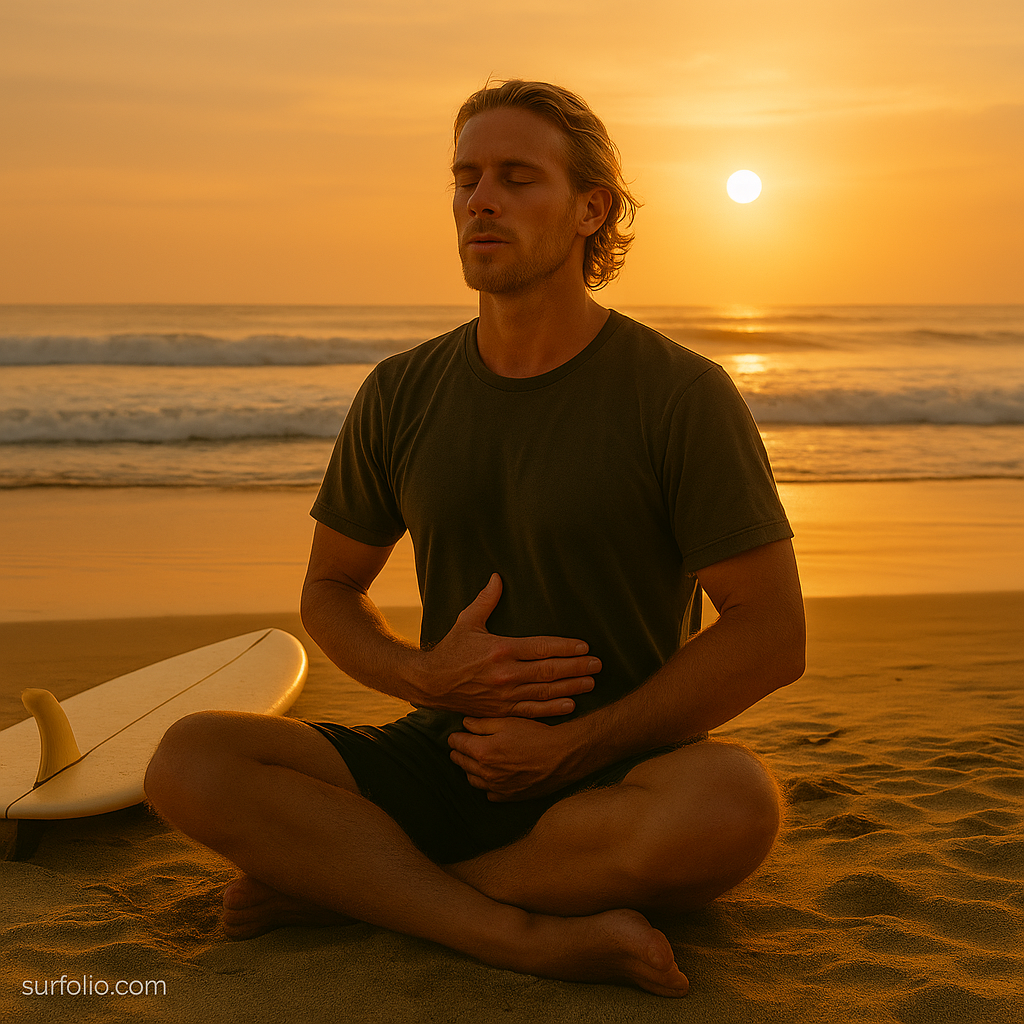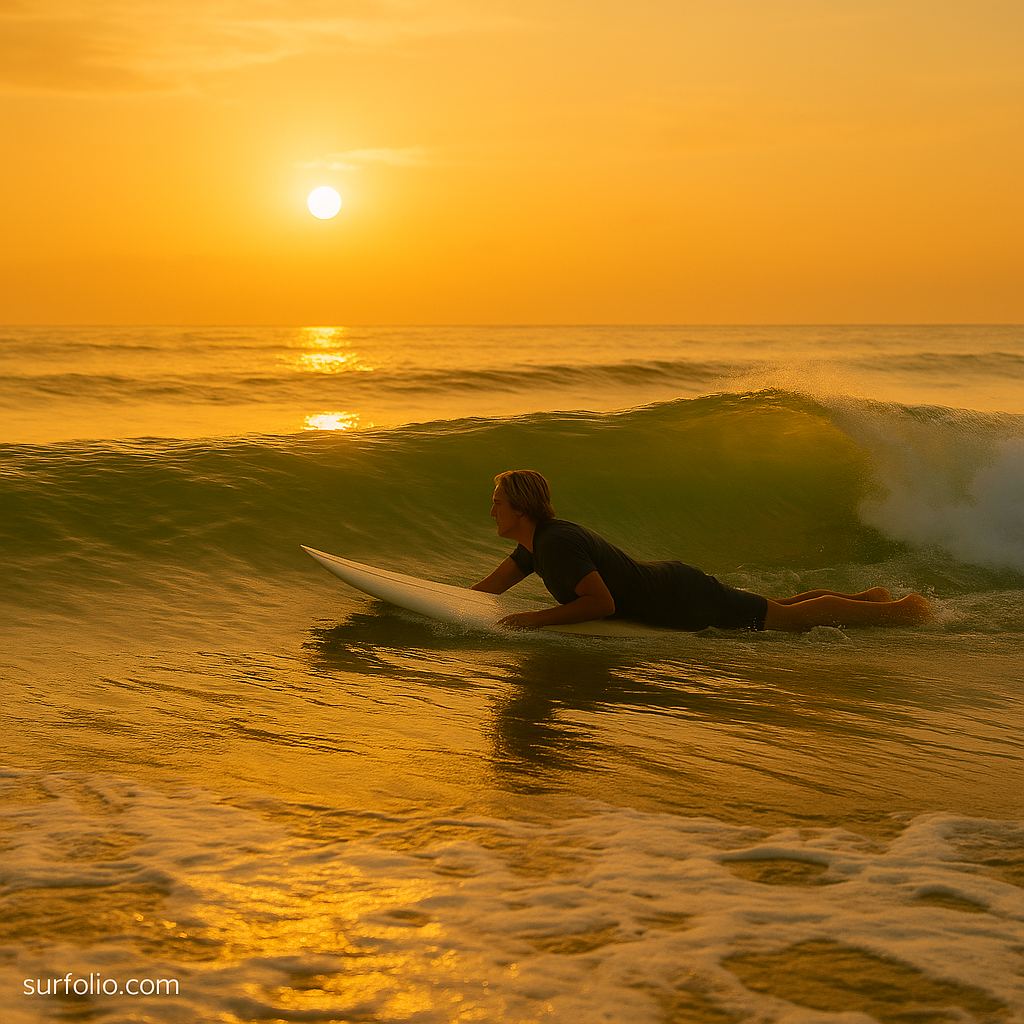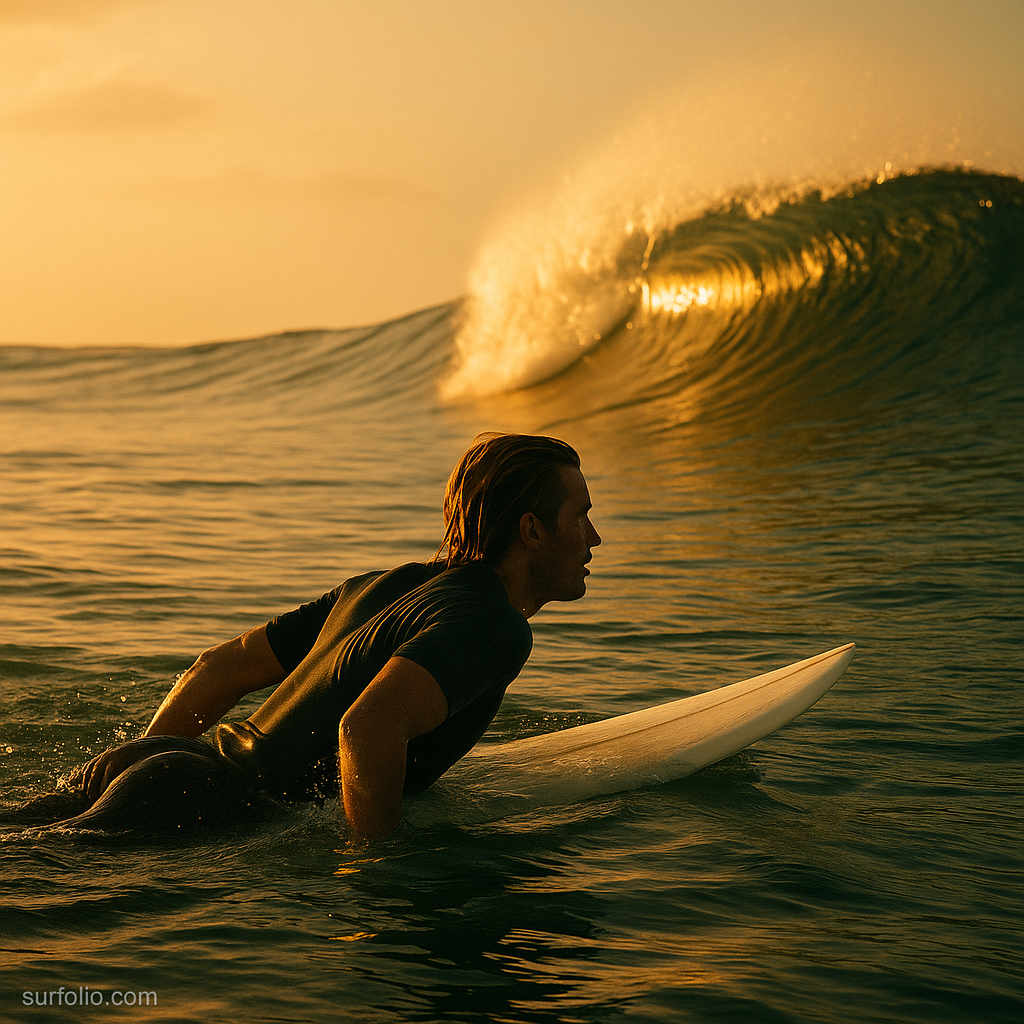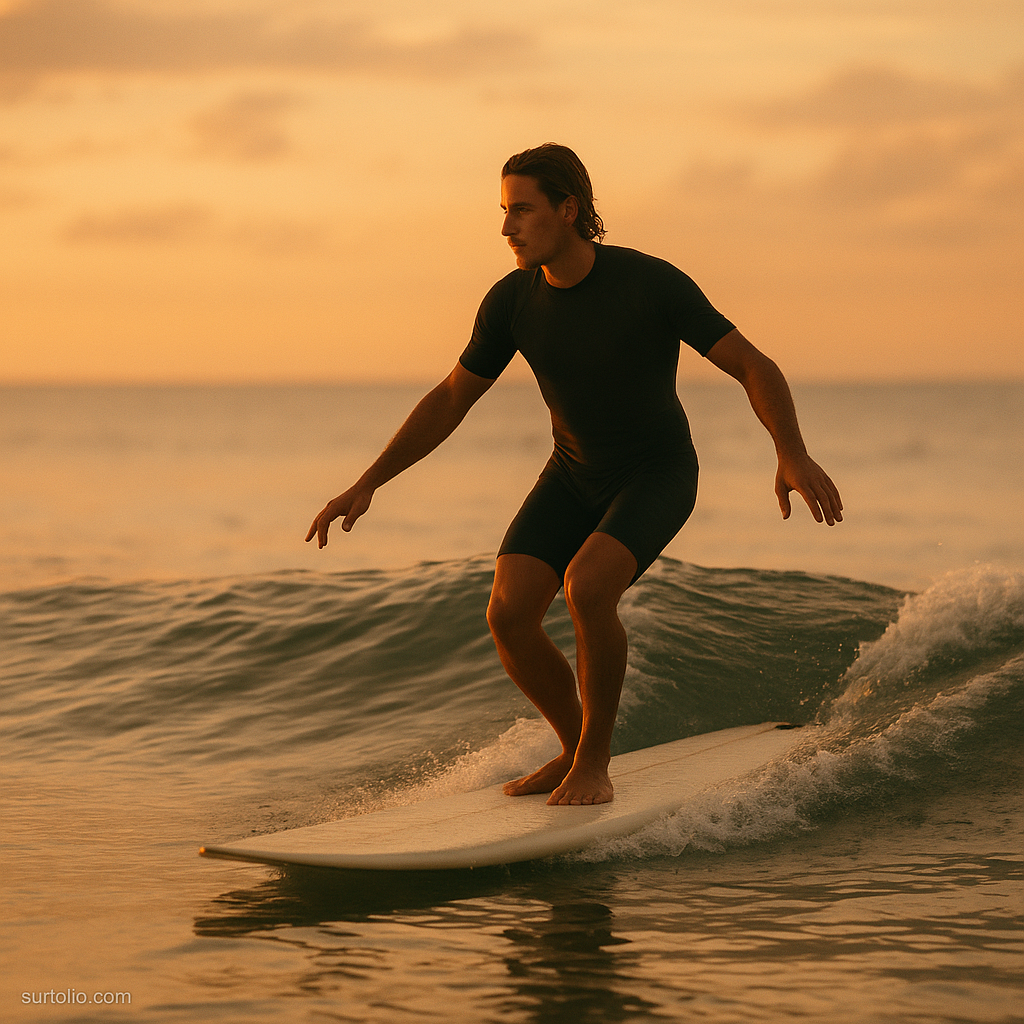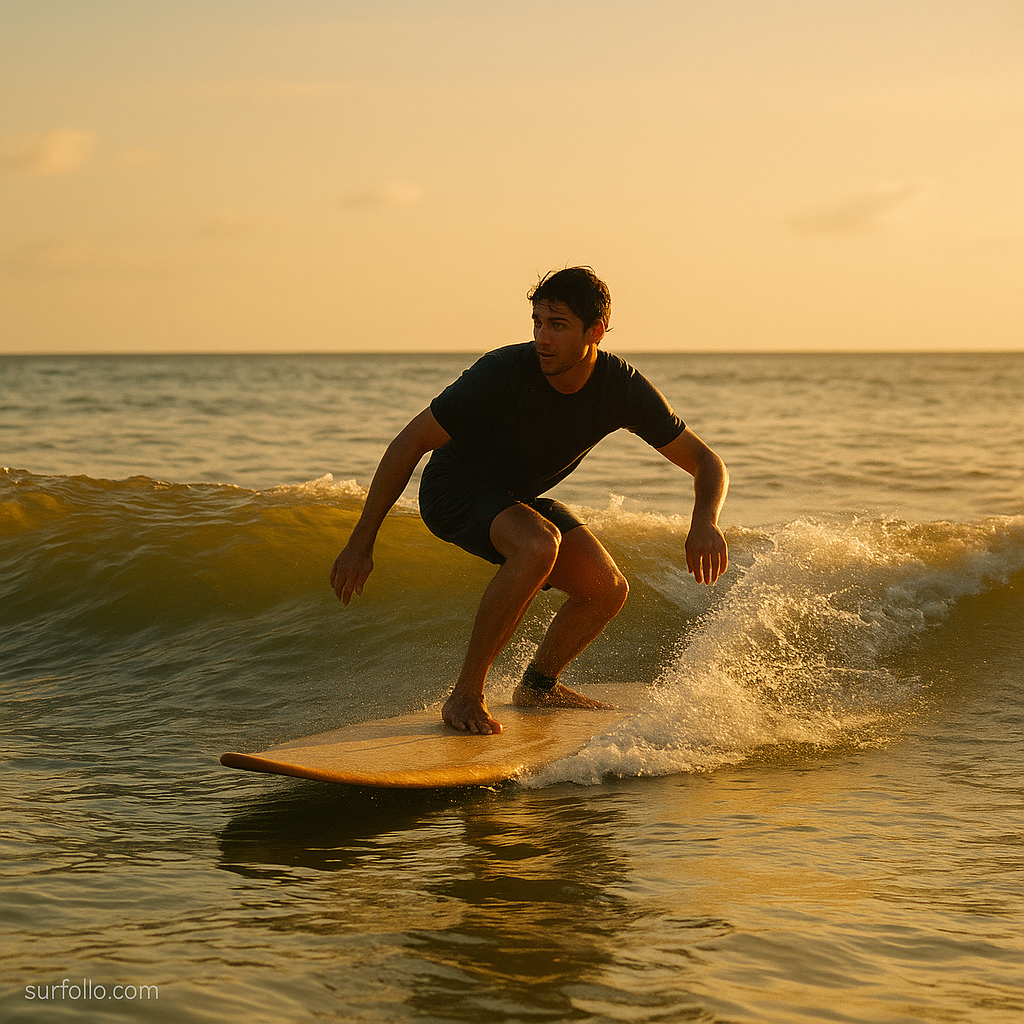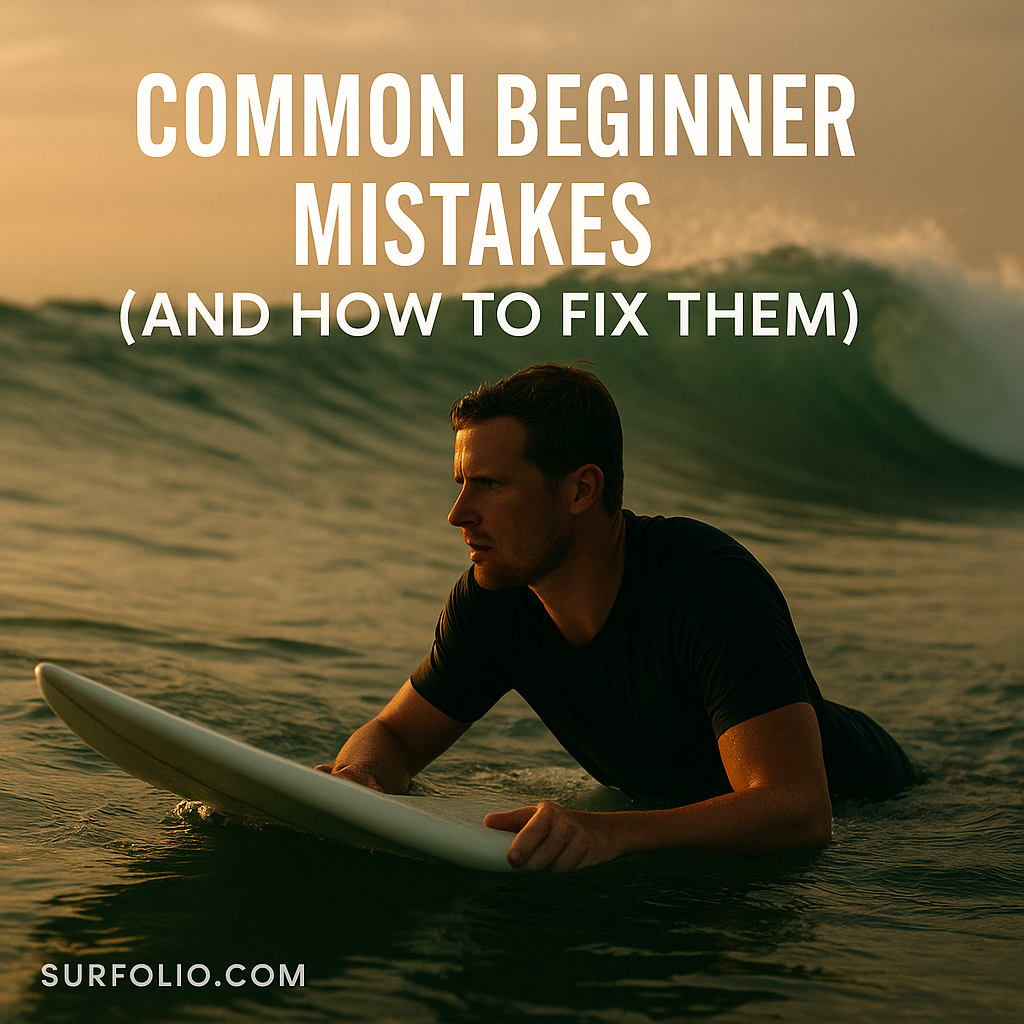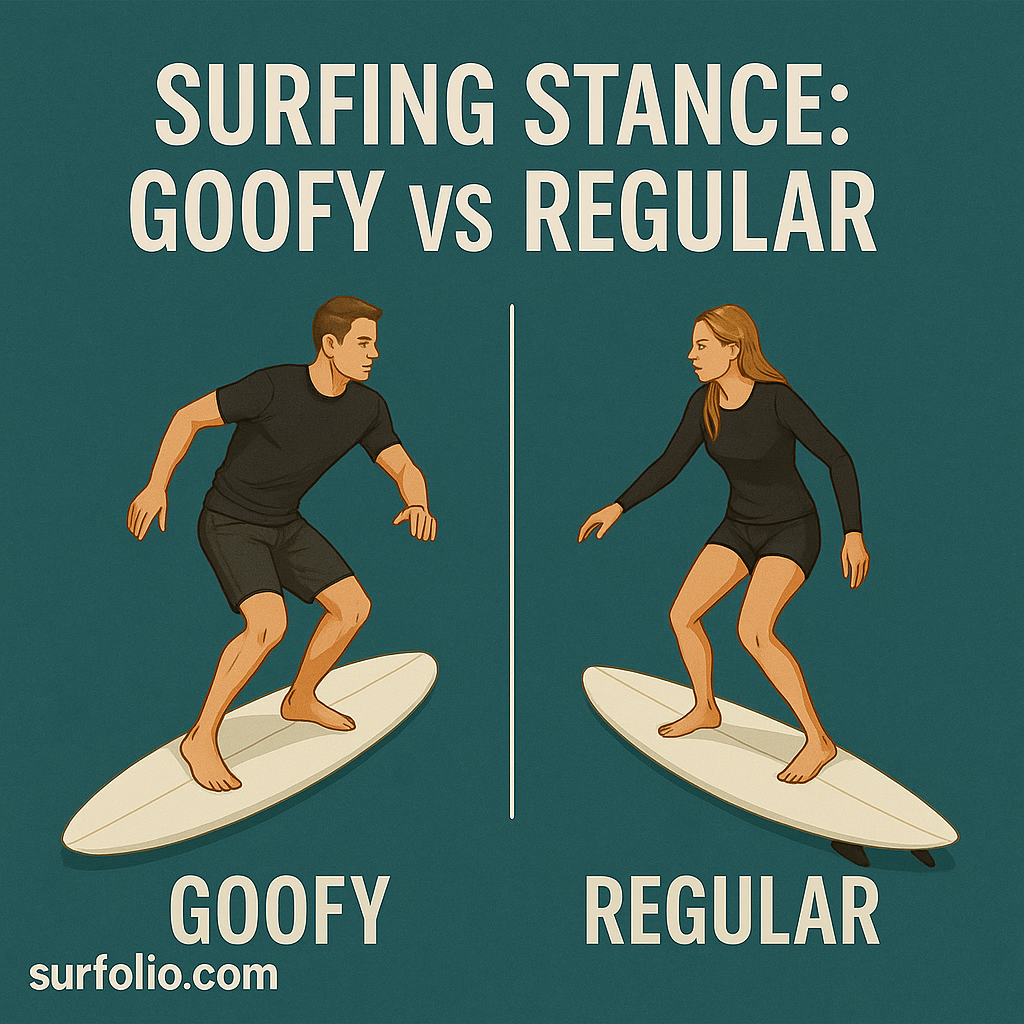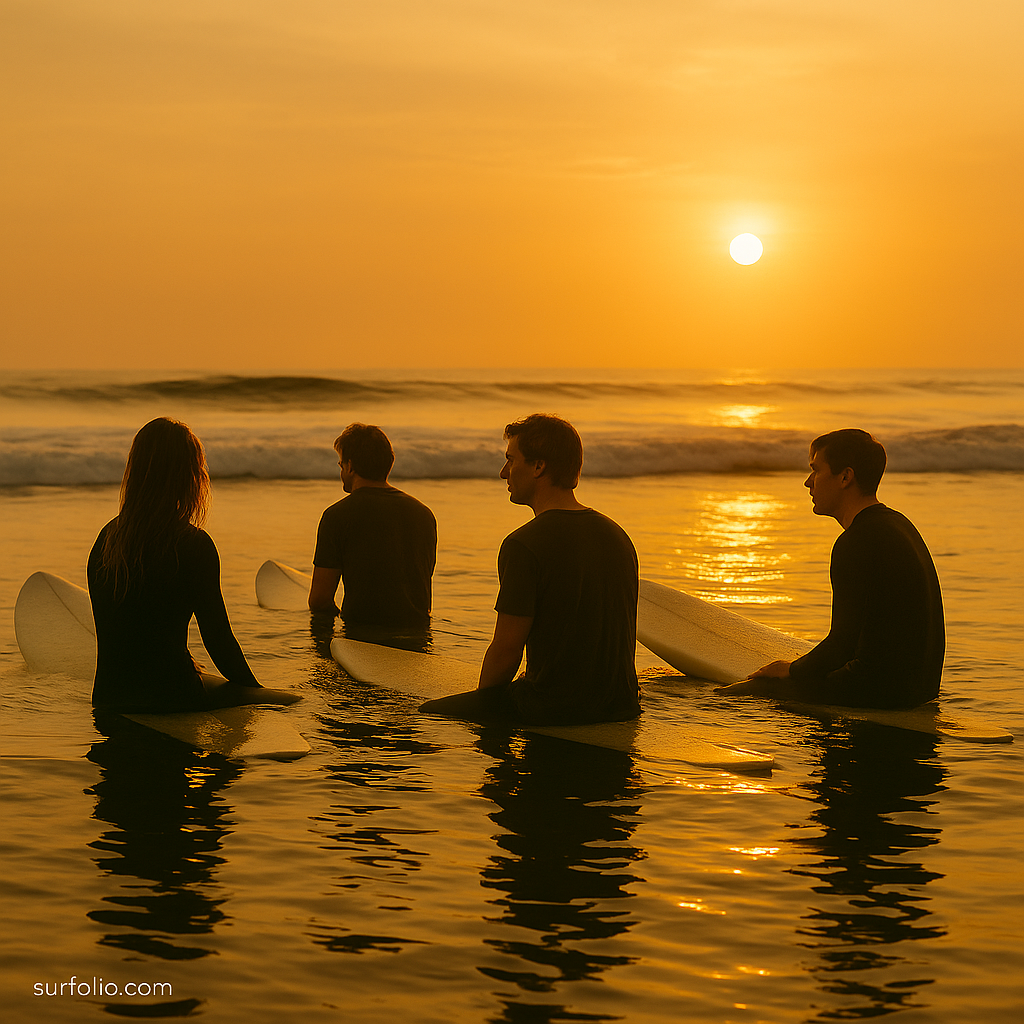
Surfing is more than riding waves — it’s about respect, awareness, and community. The lineup is a shared space where understanding surf etiquette keeps everyone safe and stoked. Whether you’re new to the sport or brushing up on good habits, mastering the unspoken rules of the surf lineup ensures smoother sessions and stronger connections with fellow surfers.
Let’s break down the essential principles of lineup harmony — the foundation of true surfing culture.
Continue reading “Surf Etiquette Basics for Lineup Harmony”
